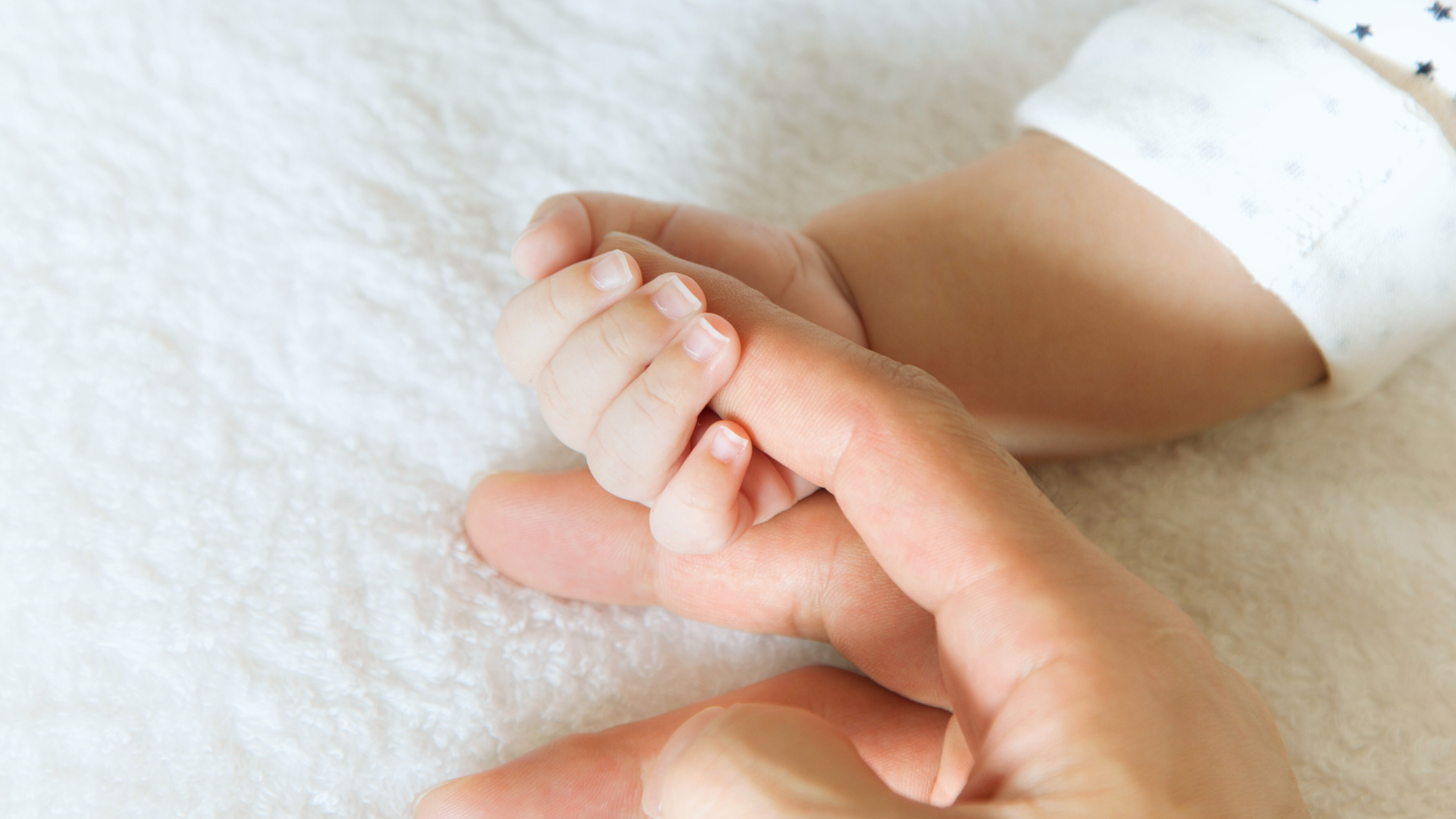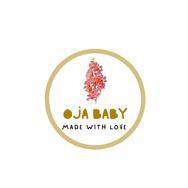
The Environmental Impact of Organic vs. Conventional Cotton: Choosing a Kinder Future for Our Children
There are moments, perhaps while holding a tiny piece of clothing in your hands or folding a favorite organic blanket, when it’s natural to wonder—where did this come from? What stories are woven into its fibers before it ever touched a baby’s skin? The journey of cotton, one of the world’s oldest and most cherished fabrics, shapes not just our wardrobes, but the world our children will inherit.
4/27/20252 min read


Not All Cotton is Created Equal
Cotton covers more than just the world’s beds and baby clothes; it blankets vast landscapes and influences millions of lives. Conventional cotton farming relies on intensive use of synthetic pesticides, fertilizers, and genetically modified seeds. According to the World Wildlife Fund, cotton production accounts for 16% of all insecticides and 6% of all pesticides used globally—more than any other major crop.
These chemicals don’t simply vanish after harvest. They seep into the earth, run off into lakes and rivers, and can harm local wildlife and water supplies (WWF, 2023). Residues may even remain in finished textiles. It’s a system built for short-term yield, not long-term stewardship.
Organic Cotton: A Different Story
Organic cotton starts with a pledge—a commitment to soil health, natural pest control, non-GMO seeds, and farming methods that preserve rather than deplete. Instead of chemical fertilizers, organic farmers rely on compost and crop rotation, which help maintain soil fertility and prevent erosion.
A life-cycle assessment published in the Textile Exchange Organic Cotton Market Report found that organic cotton production uses up to 91% less water than conventional methods, and produces up to 46% less greenhouse gas emissions (Textile Exchange, 2021). The absence of harsh chemicals also means safer working environments for farmers and cleaner waterways for surrounding communities.
A Safer Choice for Babies—And the World
When we choose organic cotton for baby clothing, we’re making a choice that goes beyond immediate comfort and health. Organic cotton is less likely to contain the pesticide or chemical residues sometimes found in conventional textiles, reducing potential risks for sensitive baby skin (Environmental Science & Technology, Liao et al., 2020).
But perhaps more profoundly, choosing organic is a gentle vote. It’s support for agricultural practices that heal rather than harm, respect boundaries, and value sustainability. Each organic onesie or blanket becomes a thread in a much larger fabric—a future where our children can inherit a cleaner, kinder planet.
The Smallest Choices Shape Tomorrow
At Oja Baby, we believe that transparency, honesty, and care should infuse every layer—both fabric and intention. By choosing organic, you’re not just protecting a baby’s delicate skin. You’re nurturing a vision of the world where the land is treated gently, and where every child’s first steps are taken on ground cared for by many hands.
References:
World Wildlife Fund (WWF). (2023). The Impact of Cotton on Fresh Water Resources.
Textile Exchange. (2021). Organic Cotton Market Report.
Liao, C., et al. (2020). Environmental Science & Technology, 54(8), 4256–4267.
